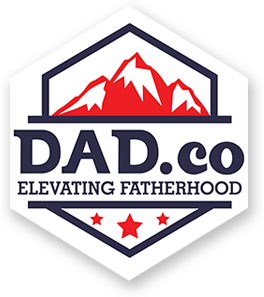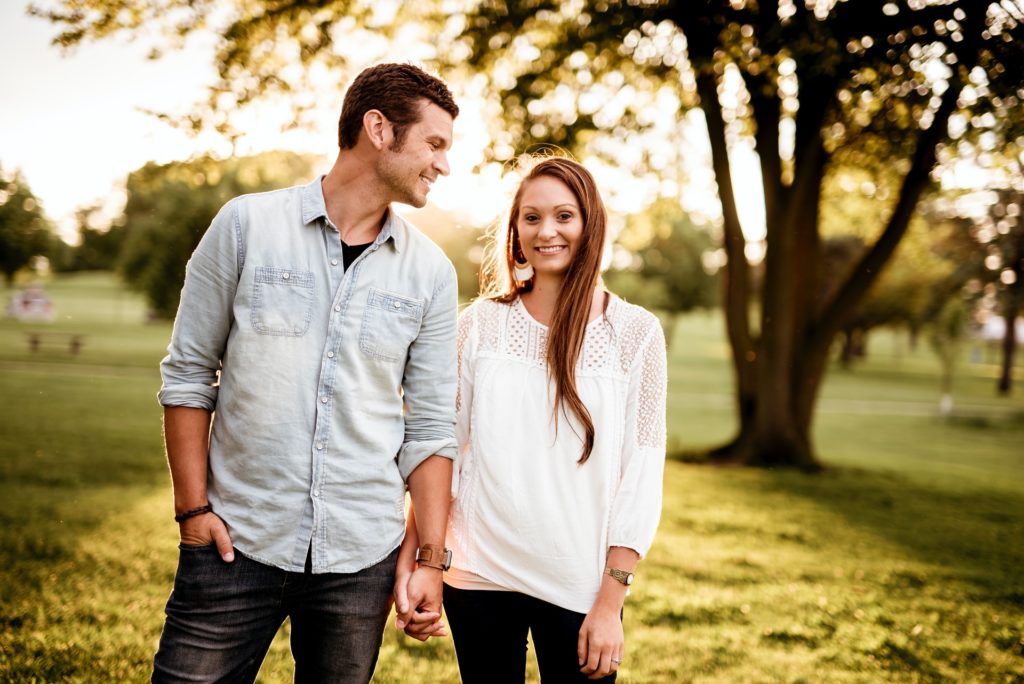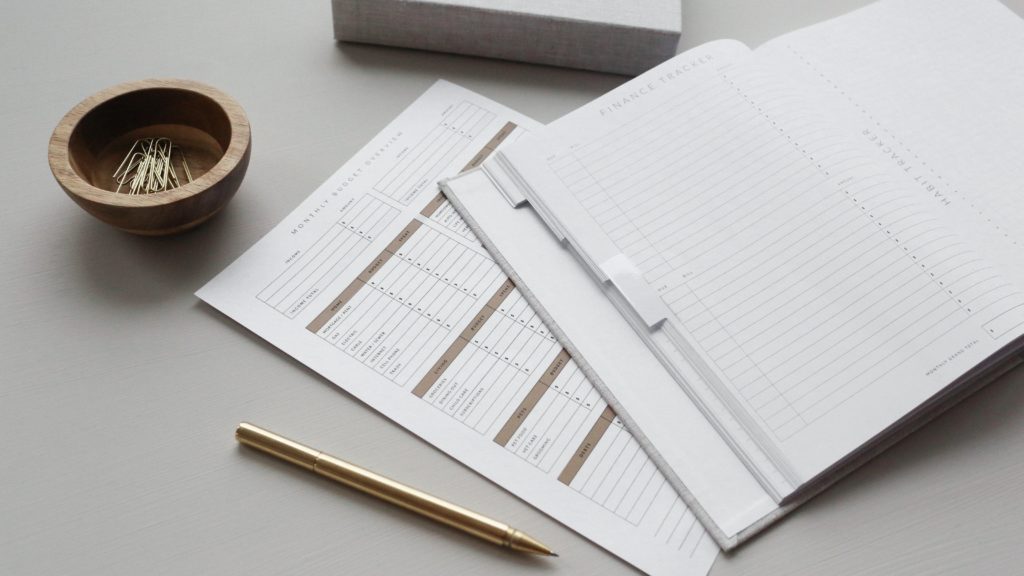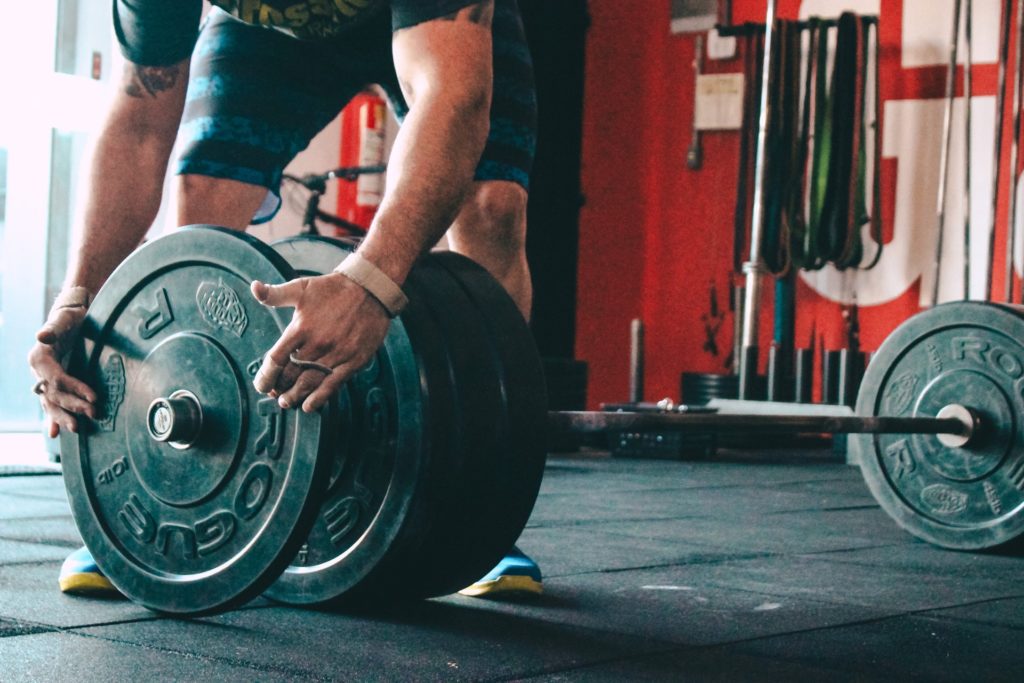7 Bodyweight Exercises You Can Do From Home

There is only one thing you need to get a good workout, no matter where you go—your body! Bodyweight exercises are not only free—but they can be very effective if done properly. In fact, unless you have goals of competing in a bodybuilding competition, you can meet almost any fitness goal by combining and modifying a variety of bodyweight exercises.
Technically, there are hundreds of bodyweight exercises you could do! But most of them are built in a few basic moves. What follows are the 10 foundations—the basic exercises that can be adapted, and combined, in various ways to create a variety of routines. For each move I’ll describe the basic move, one modification to make the move easier, and a few additional adaptations to challenge you further.
Push-ups
No move is more traditional or old-school than the push-up. Before anyone ever asked, “Bro, how much you bench?” the question used to be, “how many push-ups can you do?” While lying horizontally you hold your body up by your hands and toes. We aren’t in the boy scouts—we don’t pitch tents—so keep the butt down so that your whole body is as straight as possible. Tighten your core if you struggle to maintain this posture (you’ll be working your abs while you do this, too). Your hands should be roughly shoulder-width. As you lower yourself toward the ground you want your elbows to bend out, naturally, and you’ll want to stop one or two inches before hitting the ground. Immediately push yourself up again.
Modification: Allow your knees to hit the ground. But you will want to pivot from the point where the knees hit the ground, not the waist. You still need to keep the butt down through the move.
Adaptations: The “wider” you place your hands the more you’ll work your outer chest. The more narrow you place your hands the more you’ll focus on your inner pectorals. Do the move on a decline (your feet on a chair) to focus on your lower pecs and on an incline (hands on a bench/chair) to focus on your upper pecs. With any of these motions, experiment with different speeds. A slow 3-6 count on the way down with an explosive push up can really intensify the burn!
Squats
Believe it or not, if done right and with enough repetitions, you can really tone and build your legs and glutes with bodyweight squats. During the squat, you want to keep your back straight and your knees pointed the same direction as your toes. As you squat, focus on pushing your butt back and avoid allowing the knees to go too far forward (as a general rule, you do not want your knees to bend past the tip of your toes). You’ll squat to a 90-degree angle (your thighs parallel to the floor) and, pressing through your whole foot (do not shift your weight onto your toes) you will extend your knees until your legs are straight. Repeat the move.
Modification: Try using a wall, or a stability ball behind your back, to help keep your balance as you go through the motion.
Adaptations: Try wall-squats. While leaning against the wall hold the bottom part of the squat for as long as you can. On the opposite end of the spectrum, you can try plyometric squats. To perform these you will lower yourself at a moderate pace and then explode up, performing a small “jump” at the top of the move. Land softly on from toe-to-heel.
Lunges
Another great lower-body exercise, if you perform a “lunge” effectively you might feel it in your rear the next day. Lunge forward with one leg, focus on landing first on your heel before the whole fit hits the ground. Take a wide enough stride that your back leg is nearly straight (you can do a variation where the back leg bends at 90-degrees also), and allow your lunging leg to bend to approximately 90 degrees. You want to keep your feet at shoulder-width throughout the move. If you step “inline” with the back foot you’ll have a hard time maintaining y our balance. Push with your whole foot as you rise back into a standing position. Repeat with the other leg.
Modification: If you have difficulty maintaining balance in the lunge (even if you keep your feet at shoulder width) you can try doing these next to a table or the kitchen counter. Place one hand on the table to help hold your balance.
Adaptation: You can step “backward” and do the reverse of this move also. Also, rather than alternating between legs try doing ten or more lunges on one leg and then repeat on the other.
Triceps Dips
Find a solid bench or chair. With your back facing the front of the chair place your hands on the chair with your palms turned so that your fingers are facing your backside. You want your hands to be about shoulder-width apart. Extend your legs in front of you and lower your self until your elbows are at 90 degrees. Stop sooner if you feel any discomfort in the forearms or wrist. Press yourself up again until your arms are straight.
Modification: Keep your legs bent in front of you. This will decrease how much bodyweight is borne by your triceps.
Adaptation: To make this harder trying elevating your feet. You could start with a small stool and work up to the point where you’re using a second chair.
Self-Resisted Bicep Curls
This is an old-school move but, when you don’t have a good form of resistance available, it works! This move is built on the idea that most people can push down harder with their triceps than their biceps. So, what you’ll do is use your triceps strength with one harm to push down on the other while that arm performs a curl. Place your hands palm-to-palm, with the palm turned up on the hand that will be performing the curl. Press as hard as you can on the opposite hand that will still allow the working arm to perform the curl. Repeat for several repetitions on both sides.
Modification: You can also do curls without resistance by simply focusing on “flexing” the bicep as you perform the motion. If you turn your pinky finger out slightly it will add an extra pump to the bicep.
Adaptation: Find resistance. There’s always something around the house—milk jugs, 5-gallon buckets, a suitcase, etc., than can be used in a pinch to add resistance to the biceps.
V-Ups
Unlike the “crunch” which really focuses exclusively on the upper abs, the v-up attacks both the upper and lower abdominals. To perform these move you can cross your arms in front of your chest, or even leave them on the ground if you need extra balance and stability. As you lift your upper body up you will also lift your legs (so that your body forms a “V”). Return to the resting position, but try to repeat just before your upper body hits the ground.
Modification: Split this into two movements. You can do classic “crunches” followed by a set of leg lifts. To perform the leg left you’ll want to brace your core (tighten the muscles, or place your hands under the small of your back for extra support) and then raise your extended legs as high as you can and lower them back down again slowly.
Adaptation: Add a “twist” by crossing one arm over your body as you crunch, reaching for the opposite ankle. Alternate sides.
Butterflies/Supermans
If you have a bar, a pull-up or chin-up is a good bodyweight exercise. But even if you don’t have a good bar to use or don’t yet have the strength to perform a pullup it is essential to work your back. Most experts recommend training your back twice as much as you work your chest. While most men do the opposite (we focus on the muscles we can see) a tone back will help with your posture and help avoid muscle imbalances that can cause pain.
One way to do this is a “butterfly” move combined with “superman.” While lying face down on the floor you will lift your arms and legs so that you are “balanced” on your torso. Then, add the “butterfly” by allowing your arms to swing down toward the hips and back again.
Modification: If this is too difficult you can try leaving your lower body on the ground while performing the exercise.
Adaptation: Add “flutters” when your arms are extended in the cruciform position (your arms are out so that your body makes a “t”). This will help work the upper-back and rhomboids while the “butterfly” motion described above focuses more on the lats.
With these seven moves, you can work most of the major muscles in your body! Try working the larger muscles before the smaller ones (e.g. legs/chest/back before biceps/triceps). Reverse that for a different kind of pump. You can do a “circuit” where you do one set of each of these moves and then do the whole workout two or three times again. You can also run supersets (alternating between sets of two exercises) so that you keep your heart rate moving while your muscles recover from one move. There are dozens of ways these exercises can be rearranged and performed!






